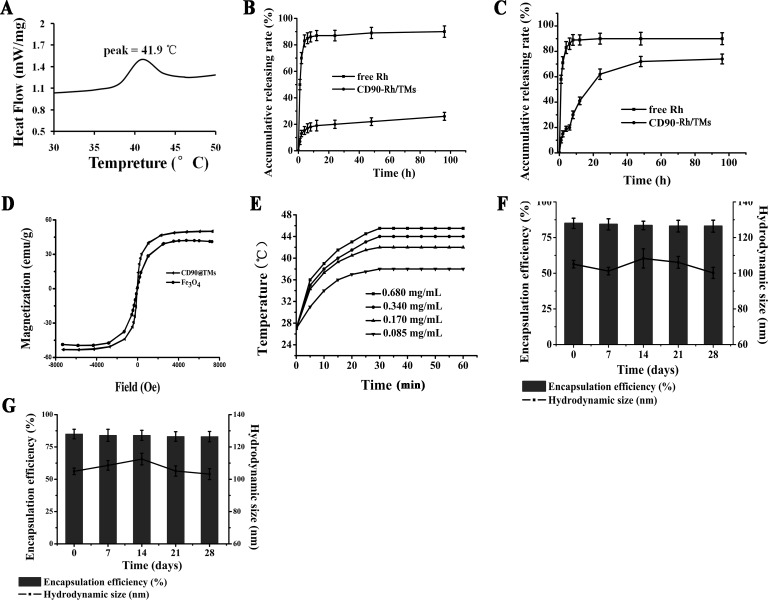Figure 2. The characteristics of CD90@TMs.
A. Phase transition temperature of the CD90@TMs. B. Drug release property of Rh from the CD90-Rh/TMs and free Rh solution in vitro at 37±0.5°C (mean ± SD, n = 3). C. Release property of Rh from the CD90-Rh/TMs and free Rh solution in vitro at 42±0.5°C (mean ± SD, n = 3). D. Hysteresis Loops of Fe3O4 and CD90@TMs. E. Temperature increase curve of the CD90@TMs under an AMF (f = 200 kHz, I = 20 A). F. Physical stability of CD90-Rh/TMs in PBS at 4°C by the end of 1, 2, 3 and 4 weeks (mean ± SD, n = 3). G. Physical stability of CD90-Rh/TMs in DMEM/F12 medium at 4°C by the end of 1, 2, 3 and 4 weeks (mean ± SD, n = 3). Abbreviations: TMs, thermosensitive magnetoliposomes; CD90, cluster of differentiation 90; Rh, Lissamine rhodamine B; DSC, differential scanning calorimeter; AMF, alternating magnetic field; DMEM/F12, Dulbecco's Modified Eagle Media: Nutrient Mixture F-12.

